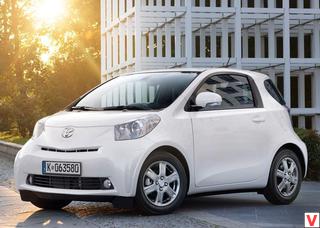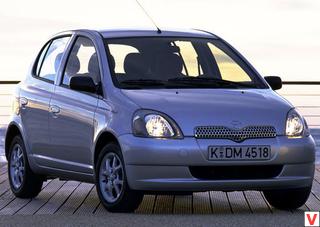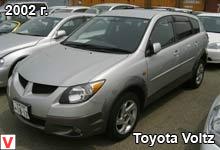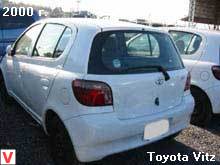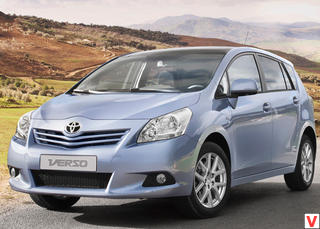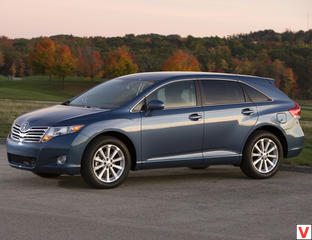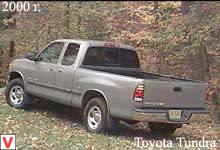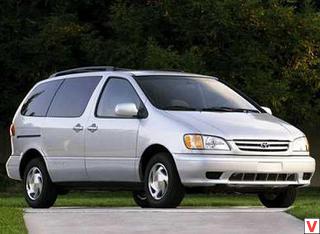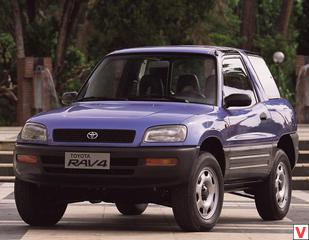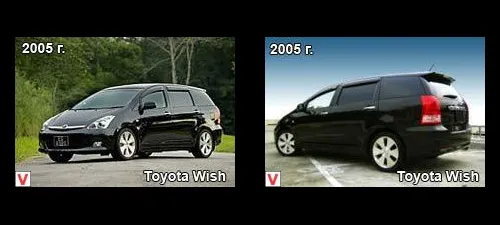
The Toyota Wish car is a compact 5-door minivan that was first introduced by the Japanese car company Toyota at the Tokyo Auto Show in October 2002. January 20, 2003 the car went on sale in the markets of Japan. The development of the minivan was carried out under the leadership of the chief engineer Takeshi Yoshida (Takeshi Yoshida). The basis for creating this car was taken the same platform that was used in the model Toyota Corolla.
The wheelbase of the car is 1,750 mm, body lengths - 4,550 mm, width - 1,695 mm, height - 1,590 mm. In the Toyota model range, Wish is in its class in a position lower than the Toyota Ipsum model and is superior to the Toyota Spacio. The first versions of the Toyota Wish minivan had the code designations "ZNE10G" (front-wheel drive version) and "ZNE14G" (all-wheel drive version). They were equipped with a 1.8 liter 1ZZ-FE engine with a power of 132 hp and a maximum torque of 170 Nm. As for the transmission, the cars were completed with a 4-speed automatic transmission. In April 2003, versions with a two-liter engine appeared.
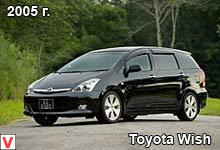
Their codes were “ANE11W” for the six-seater model and “ANE10G” for the seven-seater option. Under the hood, these modifications had a 1AZ-FSE power unit with a direct fuel injection system. Its power was 155 hp and maximum torque of 192 Nm. This engine was completed exclusively with a CVT. In Thailand, sales of Toyota Wish started only in December 2003. Versions for this market had some minor differences: instead of the 2-liter 1AZ-FSE engine, a similar 1AZ-FE engine of the same volume was installed, the car windows were not tinted, and the suspension design, which was used on all-wheel-drive models in Japan, in Thai versions applied to the front-wheel drive versions as standard.
In November 2004, the Toyota Wish car went on sale to Taiwan markets. The Taiwanese version was similar to those offered in Thailand, but had slight external differences. The changes affected the front, rear lights, rear bumper (reflectors were built into it), and additional chrome elements appeared in the body trim.
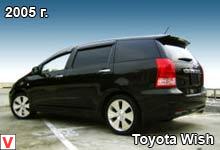
In 2005, the car has undergone external changes that affect the front and rear lights, bumpers, as well as some elements of the cabin, for example, climate control panel. As for the car's interior, thanks to the wide wheelbase and flat floor, it was possible to save enough space for all the seats and the luggage compartment. One of the main differences in cars with two and three rows of seats can be called luggage space and convenience from the different organization of the seats in the cabin. In cars with three rows of seats, you can fully recline the seat backs.
